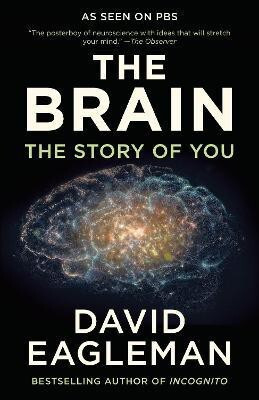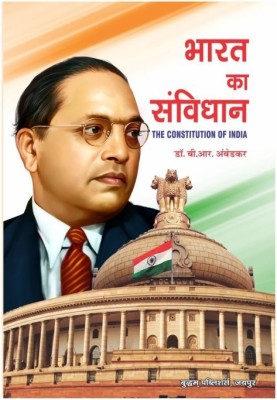
Inductive Reasoning (English, Paperback, Source Wikipedia)
Price: Not Available
Currently Unavailable
Highlights
- Language: English
- Binding: Paperback
- Publisher: Books LLC, Wiki Series
- ISBN: 9781156721704, 1156721709
- Edition: 2010
- Pages: 26
Description
Please note that the content of this book primarily consists of articles available from Wikipedia or other free sources online. Pages: 24. Chapters: Mathematical induction, Statistical inference, Generalization, Case-based reasoning, Problem of induction, Reasoning system, Backward induction, Structural induction, Mill's Methods, Inductive inference, Reconstructive observation, Pessimistic induction, Constant conjunction, Inductive reasoning aptitude, Fact, Fiction, and Forecast, Enumerative induction, Rule induction, Finitistic induction, Inductionism, Imperfect induction, Inverse resolution. Excerpt: In statistics, statistical inference is the process of drawing conclusions from data that are subject to random variation, for example, observational errors or sampling variation. More substantially, the terms statistical inference, statistical induction and inferential statistics are used to describe systems of procedures that can be used to draw conclusions from datasets arising from systems affected by random variation. Initial requirements of such a system of procedures for inference and induction are that the system should produce reasonable answers when applied to well-defined situations and that it should be general enough to be applied across a range of situations. The outcome of statistical inference may be an answer to the question what should be done next?, where this might be a decision about making further experiments or surveys, or about drawing a conclusion before implementing some organizational or governmental policy. For the most part, statistical inference makes propositions about populations, using data drawn from the population of interest via some form of random sampling. More generally, data about a random process is obtained from its observed behavior during a finite period of time. Given a parameter or hypothesis about which one wishes to make inference, statistical inference most often uses: The conclusion of a statistical inference is ...
Read More
Specifications
Book Details
| Imprint |
|
| Publication Year |
|
| Table of Contents |
|
Dimensions
| Width |
|
| Height |
|
| Length |
|
| Weight |
|
Be the first to ask about this product
Safe and Secure Payments.Easy returns.100% Authentic products.
Back to top






